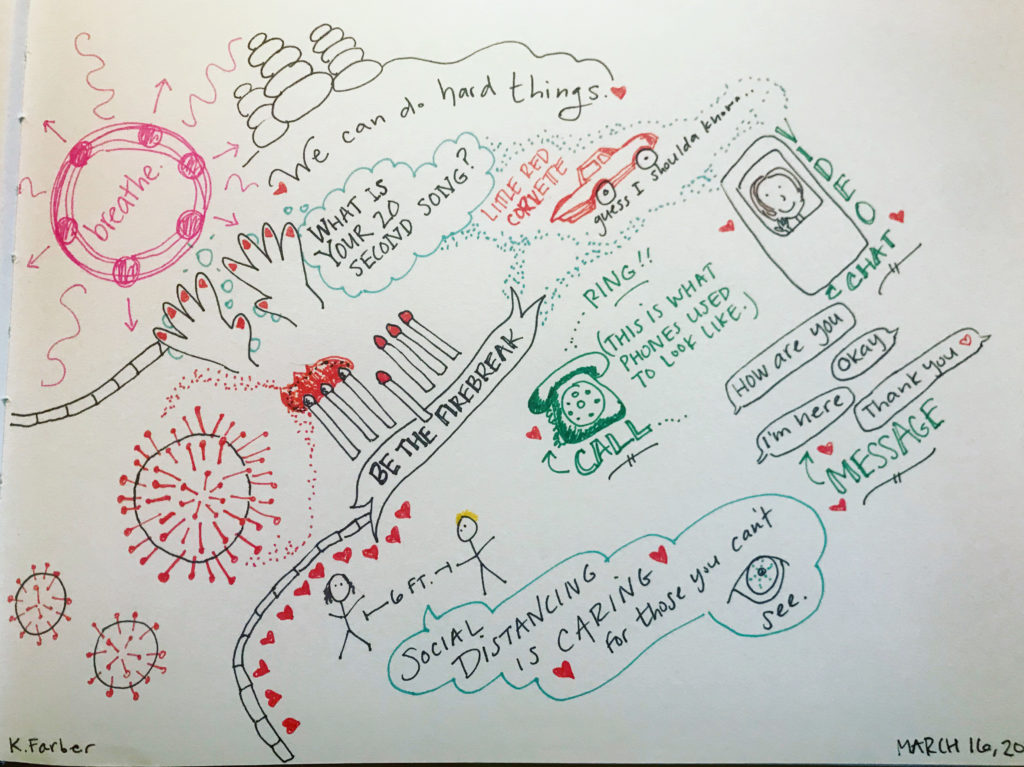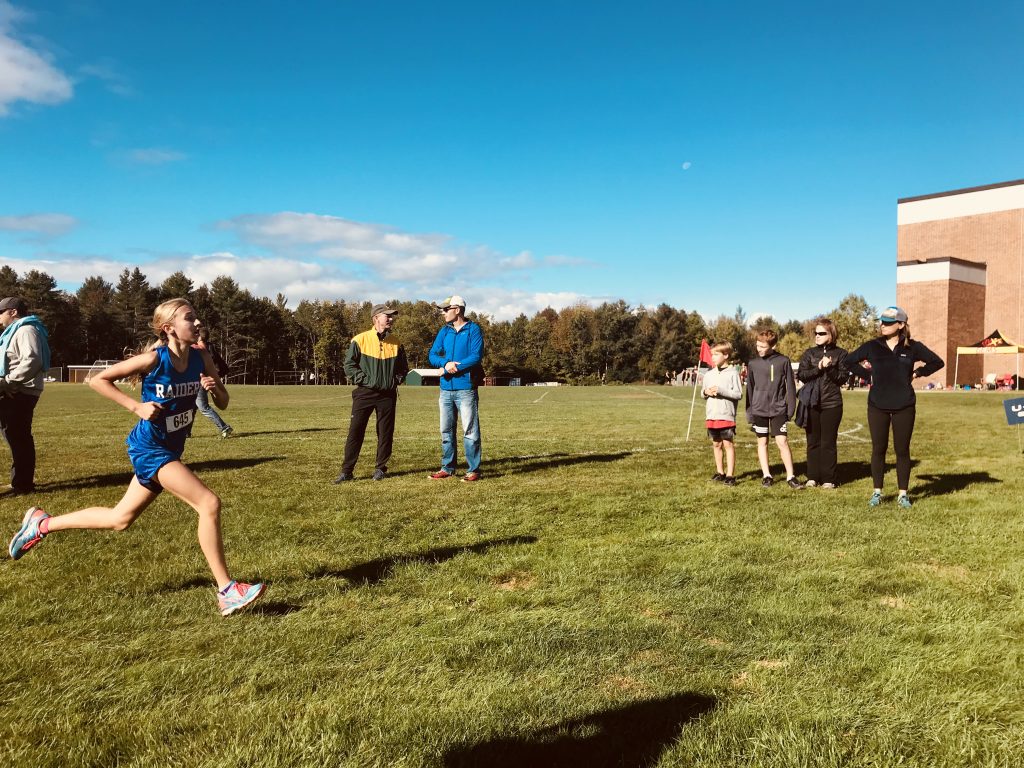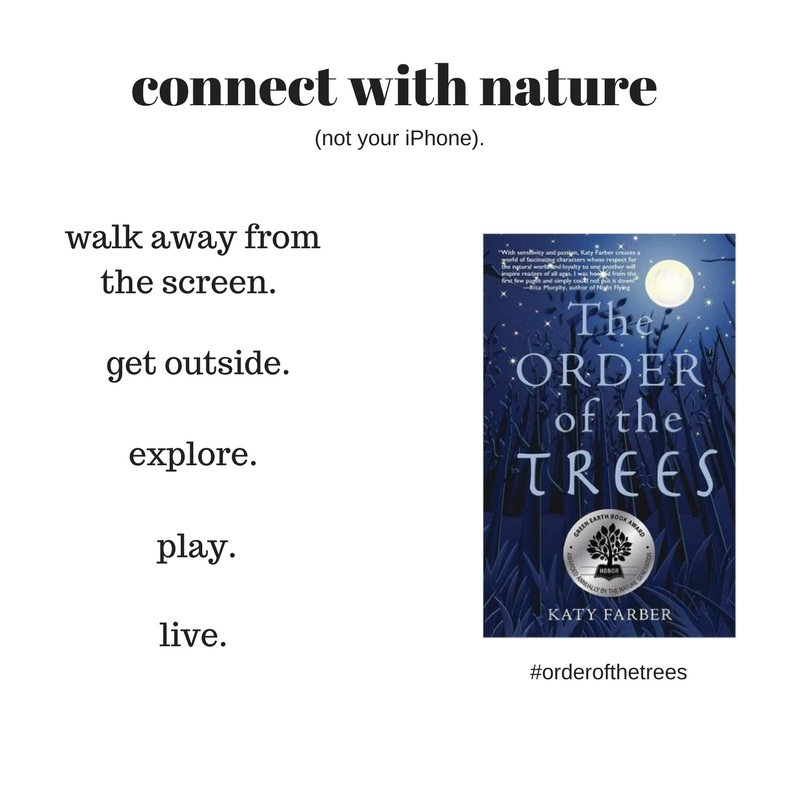
First of all, sending wishes for love and health to you and your family. These are overwhelming times. The world feels out of control, big and scary. But I am also seeing so much love, humanity, and a return to focus on what really matters. Connecting (not literally) with each other, checking in to see how the folks we love are doing, and creating things that will make this time better for everyone.
Many had forgotten. I sure had. The slowing down, the news, the changing reality, has put into sharp focus the goal of helping others and caring for loved ones.
I saw that an author and person I greatly admire, Kate Messner, was gathering videos of authors reading aloud their books for kids who are now learning at home. First, I thought, I can do that! The salamander season is soon to begin. Then I thought, ugh, I have to change from my PJs! I have to face the video camera. I know nothing about video!
Well, how many things are we doing right now that feel hard? And this isn’t even hard! Just hitting record and fiddling a bit. So, along with my sneezing cat, I recorded a video of me reading Salamander Sky, which was illustrated by the incredible Meg Sodano and published by Green Writers Press. We have many resources to extend learning about the salamander (and amphibian) migration!
There is an educator’s guide which has a letter from me, plans for project-based learning, science learning, discussion questions, and multi-media resources. Meg has created some fabulous visual resources including this coloring page of a vernal pool, and this identification guide for spotted salamanders. Please be in touch with any questions that your kids might have!
Also, we have been busy posting on the Tarrant Institute for Innovation blog resources for educators suddenly pivoting to distance and remote learning. We now have a homepage with resources for remote learning.
We also have fresh posts based on educator’s requests and needs:
- Switching to online student led conferences
- Creating your school plan for distance learning with limited internet access
- Creating a new schedule for remote learning
- Remote learning: relationships first
- Preparing for remote learning
- How to use Google Hangout for screencasting
This padlet of resources I created is full of resources for educators (and families) as well.
In addition, on Facebook I have been sharing publicly the many resources I see for families to help with at home learning. The same goes for Twitter. I have been retweeting all of the incredible resources and opportunities for virtual learning I have seen.
If there is anything I can do for you, please let me know. I’d love to see those finished coloring pages, and I will certainly stream when the migration begins! We are in this together and it is showing us what is important, and the work we have to do to create more just, equitable, and humane systems. Sending love and good health your way.

 She has come so far. When you slow down to think about it, this is nothing short of amazing.
She has come so far. When you slow down to think about it, this is nothing short of amazing.  Now…
Now…